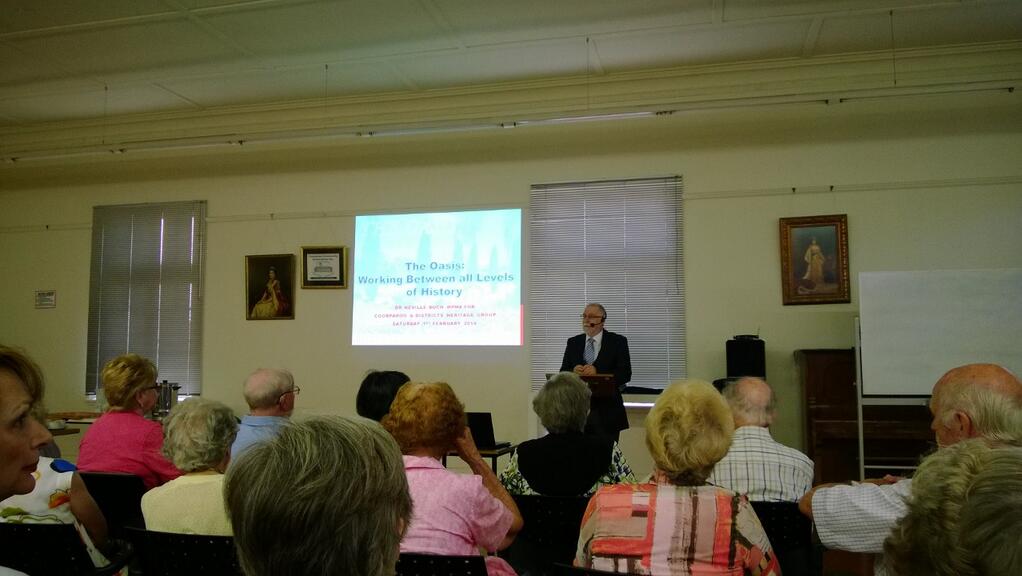
by Neville Buch | Jul 24, 2015 | Uncategorized
On 1 February 2014 Dr Neville Buch spoke to the Coorparoo & Districts Heritage Group on the history of The Oasis.
On 3 August 2013 the Sunnybank District History Group hosted a very successful community memory event to mark 75 years since the opening of The Oasis Tropical Gardens in Sunnybank. Over 80 people squeezed into the meeting room at the Sunnybank Hills Council Library to hear speakers, including past leading groundsmen Denis Hundscheidt, Nick Reitsma, and former Manager Bill Smith, and to share their own memories.
When it was first opened in 1938 the recreational facility was surrounded by cultivated fields and was still obviously part of a farm. By World War II a fern house, a tearoom, a dance floor, and two more pools, were added. The big break for The Oasis’ commercial success came in 1942 when the business serviced as a rest and recreation venue for thousands of the American military personnel. After the war another pool was added as well as a butterfly and shell collection. The Oasis Tourist Gardens was among Queensland’s first premier amusement parks. Until its closure in 1989, The Oasis attracted national and international attention for its world-class gardens and reception lounge.
The Notes for The Oasis Presentation is available to download here. For further information, contact [email protected]

by Neville Buch | Sep 5, 2024 | Concepts in Educationalist Thought Series, Important Public Statement
Dear friends
To Destroy the
Lies Before the Grow:
Community Education,
paid because it cannot survive if it is not funded.
It is a Call for true Public Education in Brisbane, South-East Queensland, Queensland.
A damning final report into Britain’s worst residential fire since World War II blamed a litany of cost-cutting, dishonest sales practices and lax regulation for the blaze that killed 72 people.
The 1,671-page final report laid out a litany of corner-cutting, dishonest sales practices, incompetence and lax regulation that led to the tower being wrapped in cheap flammable cladding, which, after it caught fire in the early hours of June 14, 2017, quickly turned the building into an inferno.
1. A Conservative-run local council, eager to reduce costs, working with careless, acquiescent contractors who installed combustible cladding panels, purchased from suppliers who knew they should never have been used in a high-rise building;
2. The suppliers “engaged in deliberate and sustained strategies to manipulate the testing processes, misrepresent test data, and mislead the market”;
3. Arconic, an American aluminum maker formerly known as Alcoa… sold the cladding for Grenfell, the report said, but “deliberately concealed from the market the true extent of the danger” of using it in a high-rise structure;
4. Grenfell has become a politically charged symbol of the hazards of deregulation and of the persistent social inequality in Britain’s capital;
5. In 2023, about 900 people settled a civil case against the local government, the Royal Borough of Kensington and Chelsea, as well as companies that sold the cladding and insulation. The settlement, worth 150 million pounds, or $196 million, was mediated by David Neuberger, a former president of Britain’s Supreme Court;
6. “I really feel strongly that we shouldn’t have to wait another two or three years to see prosecutions…”. The solution: Community Education before the potential disaster.
Yes, I am very righteously angry; this is all common sense, and yet without well-funded community education, large sections of society, including professions, just don’t get it: wilful ignorance.
Featured Image: Creating a safe and welcoming environment to promote open discussions at community meetings. AIG53M. A varied assembly of individuals is actively participating in a dialogue at a community event in a comfortable setting. AIG53M AI generated. ID 330196408 © BiancoBlue | Dreamstime.com

by Neville Buch | Sep 26, 2023 | Blog, Concepts in Public History for Marketplace Dialogue
Dear friend,
You are intending to vote ‘No’ in the upcoming referendum, and yet I call you ‘friend’. I have no animosity to those who wish to vote ‘No’. The purpose of my open letter is create some awareness in your consideration of the vote, one way or the other.
There are many contentions on the motivations in both ‘Yes’, and ‘No’ campaigns. Truths, Lies, and something in between. I will focus on where the big energy comes from in the ‘No’ campaign, which only a smaller section of the population understands: these are those who have studied and read Australian politics seriously. Opinions can greatly differ but there is a common outlook in the way the debates are ideologically structured. There is a consensus on the way the political game is played and the rhetoric used, and, indeed, why the rhetoric is mostly empty of credible ideas.
Where I come from, hopefully as a conversation, is that I have written and published on the culture-history wars in the United States and Australia, for some time. I am not important, but the message of my fellow colleagues, historians and sociologists, is. Let me explain the bigger energy of the ‘No’ campaign. Simply put, it comes as the ‘party’ – an intentional grouping for purpose – which desired to minimise the varying interests of Aboriginal and Torres Strait Islander voices. There is a spectrum here in Australian politics. From mere suspicion towards formal representational voices, with accusations of corruption and other malfeasance, to right-out political game playing to erode the representational power of ‘the other’. This does not mean other ‘parties’ are correct on other related issues. Let’s avoid the fallacy of ‘tit-for-tat’.
In order to explain what I have stated, there has to be a history lesson. The political contentions and social dissatisfaction began when the Federal Department of Aboriginal Affairs formed in December 1972 and continued to March 1990. In the beginning the bureaucracy had been built from Harold Holt Government’s 1967 Office of Aboriginal Affairs. It coincided with the changes in the constitution to count Aboriginal persons as ‘citizens’ but it did not make such persons ‘citizens’ as is the common misnomer. However, the difficulties of the bureaucracy extended from the pre-existing state departments in Aboriginal affairs. With few and minor exceptions, it was a continuation of white paternalism. A significant fact of the bureaucracy is that all such bodies were set up to help the Government to make special laws for the Aboriginal people.
The administration was flawed from the start. The Aboriginal and Torres Strait Islander Commission (ATSIC) was set up in 1990 and this is when the politics heats up significantly. For the first time, you had Government being guided by Aboriginal Australians and Torres Strait Islanders in a body chaired by Lowitja O’Donoghue (1990‑1996), Gatjil Djerrkura (1996‑2000), and Geoff Clark, (2000‑2004). ATSIC was controversial among conservative Australians, edged-on by rabid right-wing commentors. The agency was dismantled in 2004 in the aftermath of corruption allegations and litigation involving its chairperson, Geoff Clark. The key point being that ATSIC could have been reformed, but it was clear that both the John Howard Government and the Mark Latham Opposition wanted to get rid of the ATSIC model. Howard announced the agency’s abolition on 15 April 2004, saying that “the experiment in elected representation for Indigenous people has been a failure”. So much for believing in the “quiet liberal and white tradition.” A government-appointed advisory body, the National Indigenous Council, was appointed to continue to advise the Government, but it did not represent the heart and voices of the people themselves as a democratic model. It was an advisory board. Enter, then Uluru Statement from the Heart in 2017 and the proposed First Nations Voice to Parliament protected by the Constitution.
That is really all that the ‘Yes’ campaign is about, irrespective of what ‘parties’ of Yes voters otherwise want. It is for that reason I will vote ‘Yes’. It is understanding the wider history of Australian politics that we can see what is going on in the referendum campaigns. The key point is, if the referendum is not successful, there is no Plan B. If ‘the party’ of ‘No’ had wanted recognition of Aboriginal and Torres Strait Islander persons, it would have been done so in the last administration of the Australian federal government. Either we spiral forward with the imperfect, or the spiral takes a half turn back with nothing intended but the accidents of history. This is Australia’s opportunity.
*****
https://www.youtube.com/watch?v=5aDiWiDOU7g
*****
My point on what is truly “radical” and what is duped, is shown in the reversal of thinking on the No vote for the October 14 election, but pleased that persons can come to their senses on how the political game is made or lost.
I welcome a Yes vote whatever the motivation. It is the balanced solution.
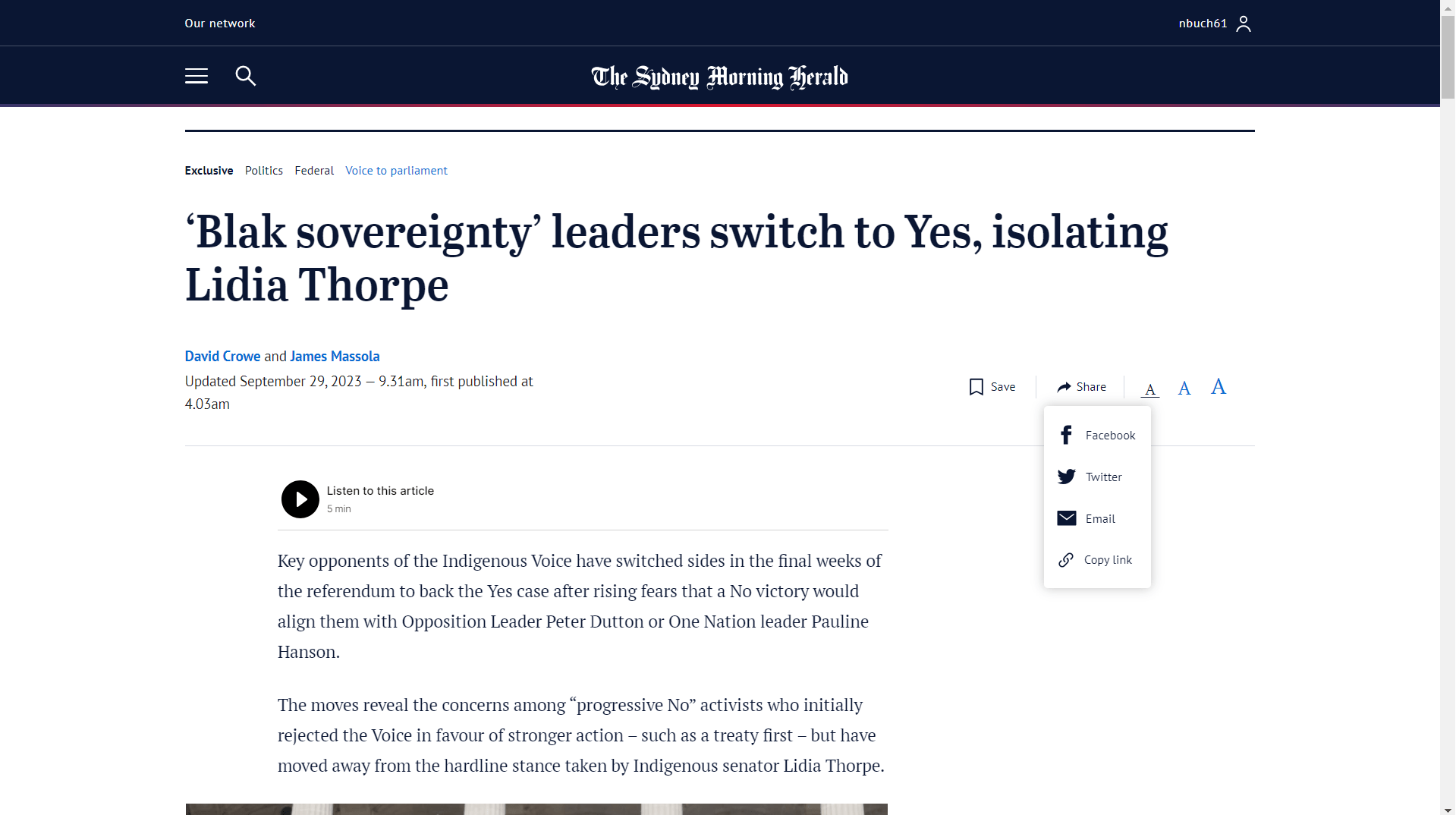
Featured Image: Monument in memory of the Aboriginal and Torres Strait Islander Australians who died in the service with The Australian Armed Forces. Located in Kings Park, Perth overlooking the Swan River. Photo 155899548 © David Massie | Dreamstime.com
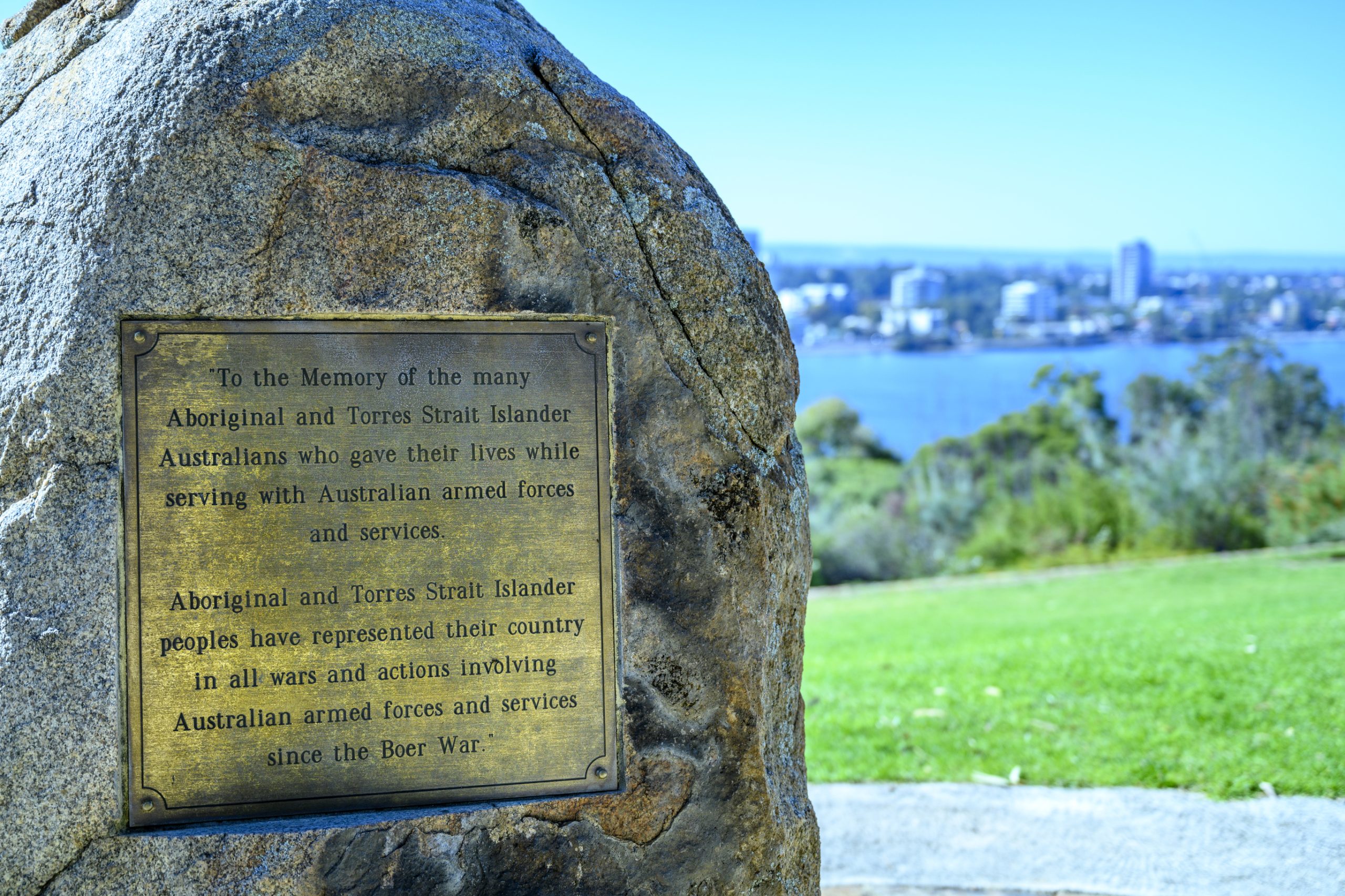
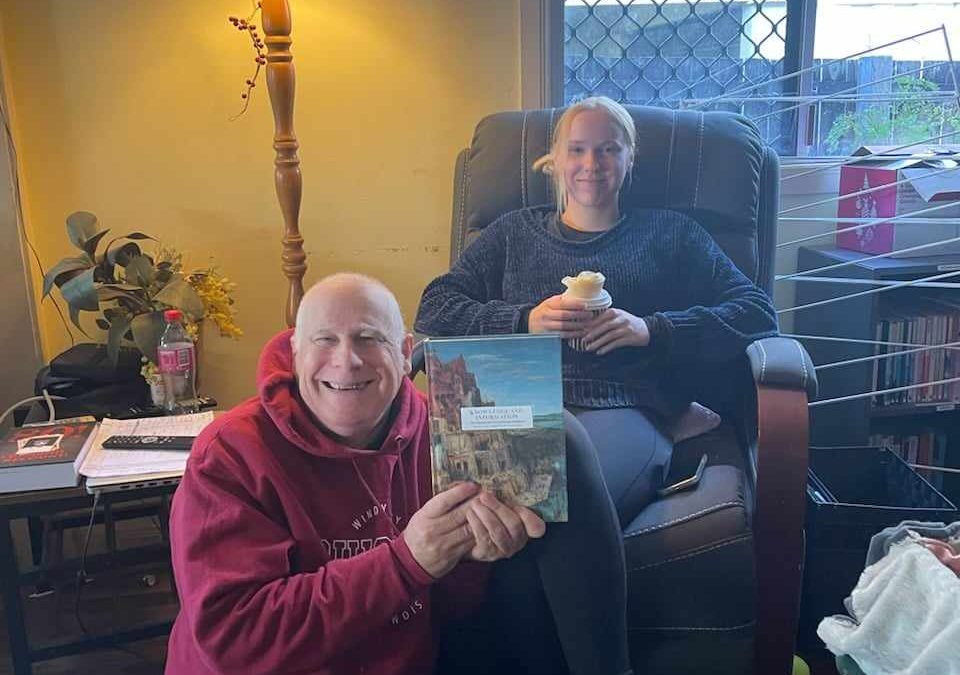
by Neville Buch | Jul 15, 2024 | The Importance Of History In Our Own Lives?
Today, is my birthday, my 63rd birthday. The second of a three post series.
My youngest daughter gave the following birthday present:
Kurt Almqvist and Mattias Hesserus (2022; editors). Knowledge and information: The Potential and Peril of Human Intelligence, Stolpe Publishing.
As a book for our times it is a brilliant read, and it is what I have exactly been writing in my publications in the scoping of Brisbane-Queensland-Australia. From the contributors, I am familiar with the work of Peter Burke.
Kurt Almqvist and Mattias Hessérus asks the correct and critical questions for our times, and this is seen in the reviews since publication at 2022:
- From Good Reading: What is the arts and sciences debate on the history of information exchange in the era of surveillance capitalism?
- From Readings: How should we understand the growing tension between a cognitive elite and those excluded from public discourse and decision-making?
- From Thames & Hudson Australia & New Zealand: Will our information society turn out to be an era of enlightenment or are we entering a new dark age for knowledge?
I am very much looking forward to giving the book a full reading, and when completed to come back harder against the idiot decision-makers who have not employed or contracted me.
Kind regards…
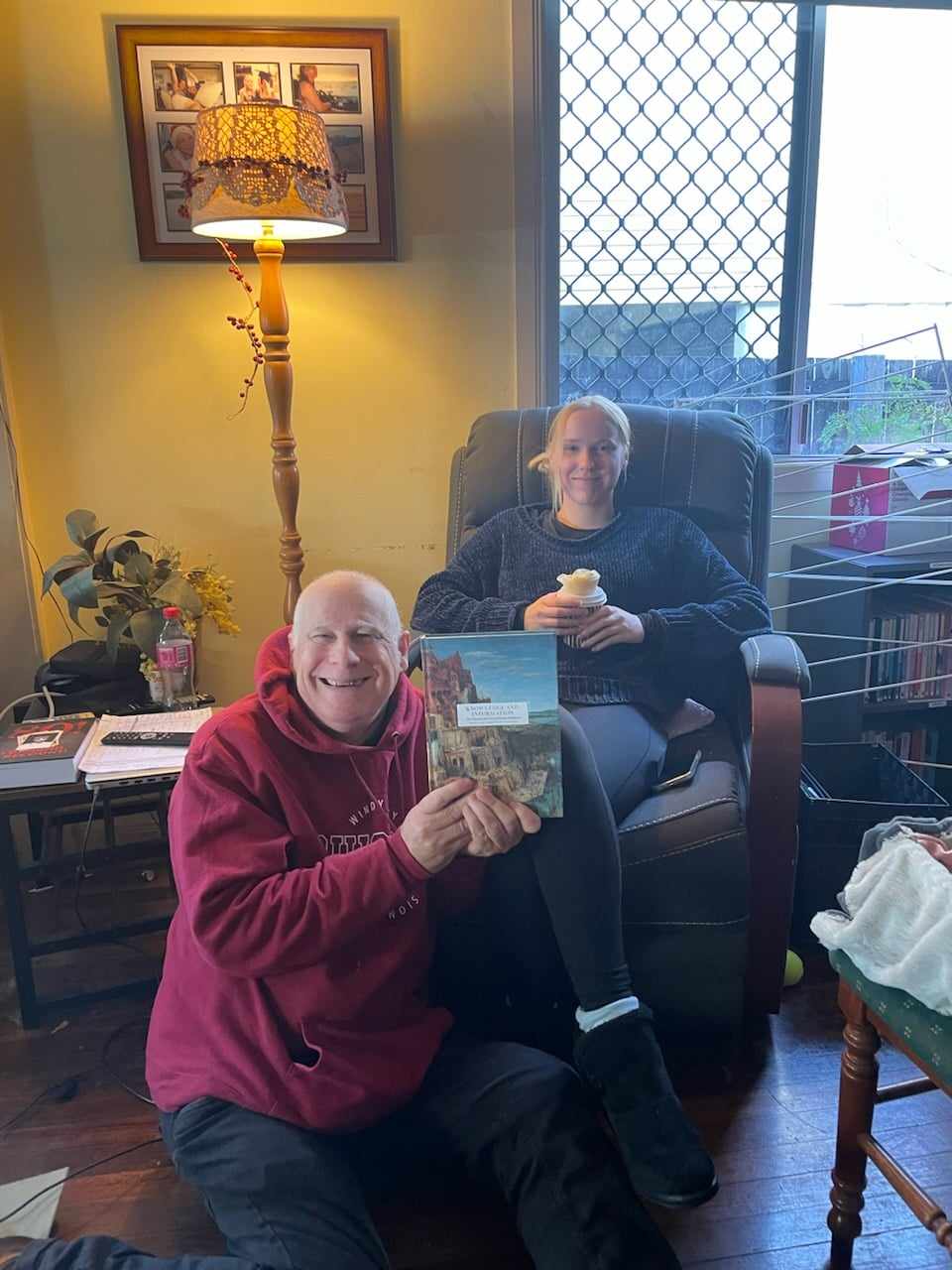
Neville (dad) and daughter Marguerite at home. A pictures of my daughters’ mother is in the background.

by Neville Buch | Oct 20, 2023 | 2023 American Tour, Concepts in Public History for Marketplace Dialogue, Intellectual History
This is the worse parliamentary process undertaken, globally, in my living memory, and although I am not the expert historian, I do not recall in history anything I have read – if so, please tell me.
- The former U.S. parliamentary speaker, Kevin McCarthy, was thrown out of his office by his own Party (GOP, on October 3, 2023) when he allowed a money bill to pass in order to keep the government functioning. McCarthy had taken 15 rounds to get to the Speakership in January 2023.
- In the October process, Steve Scalise (LA 1), House Majority Leader, won the initial vote of the Party, but withdrew from the Parliamentary process on October 12.
- Austin Scott (GA 8), initially endorsed Scalise, and ran after Scalise withdrew, then endorsed Jordan.
- Jim Jordan (OH 4), Chair of the House Judiciary Committee had lost the initial Party vote and endorsed Scalise, but ran again after Scalise withdrew.
- Jim Jordan (OH 4) had entered the October 2023 special election for speaker three-times, and lost without sufficient numbers being obtained (over 50% of the vote): first ballot on October 17 (46.3%), and second ballot October 20 (46%).
- Today, October 20, 2023, Jim Jordan (OH 4) lost the third ballot. Immediately after…
- A group of House Republicans, including Jordan, supported a controversial proposal that would expand the power of a temporary speaker (Speaker Pro Tempore Patrick T. McHenry R-N.C.). Then immediately after…
- A significant number of his far-right colleagues balked at the idea in a tense, hours-long meeting, and Jordan reversed course from earlier in the day. Thus concluded the farce to date (October 20).
With less bloodshed, it is a not so entertaining farce from Cromwell’s The Protectorate, officially the Commonwealth of England, Scotland and Ireland, from 16 December 1653 to 25 May 1659. The collapse of the American Republic, in current practice, from the three century old model.
POSTSCRIPT 25 October 2023
9. Tom Emmer (R-Minn.), the House majority whip, was elected on the fifth ballot in the GOP internal race that drew nine Republican candidates, on 24 October. Within 24 hours and hours before facing the House election, Emmer dropped his bid for House speaker. It is said that there was a Trumpian backlash on his nomination.
10. On the same day that Tom Emmer (R-Minn.) dropped his bid for House speaker, Mike Johnson (R-La.) was elected in an internal vote by the GOP conference.
11. Rep. Mike Johnson (R-La.) was elected speaker Wednesday 25th October by the full House on a first vote. Johnson, a relatively unknown, staunchly conservative Republican, succeeds Rep. Kevin McCarthy (R-Calif.), whose ouster this month was led by hard-right members of the party.
REFERENCES
https://en.wikipedia.org/wiki/October_2023_Speaker_of_the_United_States_House_of_Representatives_election
https://www.nytimes.com/2023/10/19/us/politics/house-speaker-jim-jordan.html
https://www.washingtonpost.com/politics/2023/10/19/house-speaker-vote-live/
https://en.wikipedia.org/wiki/The_Protectorate
https://wapo.st/40aFekS
Featured Image: US Dollar symbol, 3D illustration, sinking aboard of a paper boat with the United states of America flag, photography, in a turquoise sea with blue sky and clouds. Recession concept Photo 166016339 | America Sinking © Alberto Masnovo | Dreamstime.com












